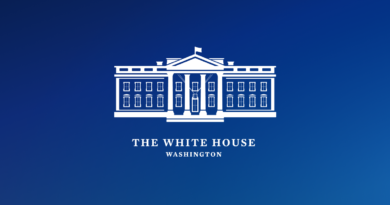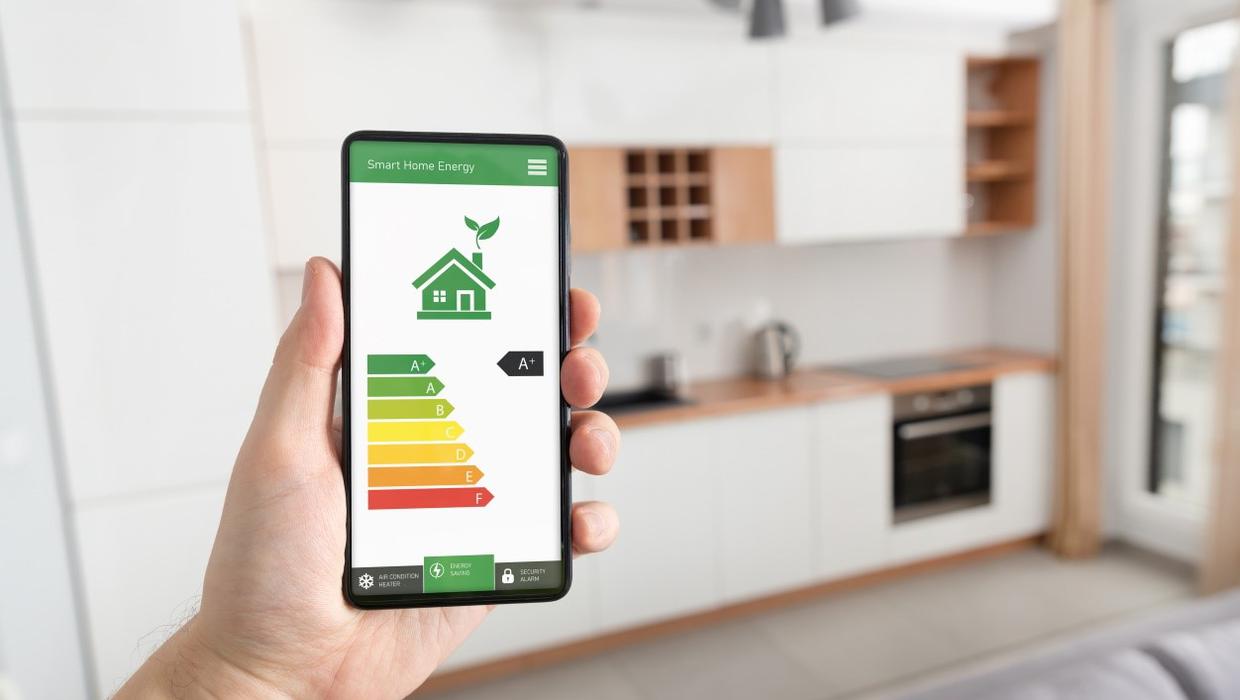Delivering Energy Cost Relief and Better Homes Across America – NRDC (Natural Resources Defense Council)
Energy Disrupter

Photo by Karolina Grabowska
As winter approaches and the war in Ukraine rages on, Americans are bracing for soaring electric and gas bills. That, paired with extreme temperatures and volatile weather fueled by climate change, has led to many Americans looking to increase energy efficiency in their homes. However, this hasn’t always been an easy or affordable feat. Thankfully, just in time, Vice President Kamala Harris has announced an array of policy responses that will help ease the burden for Americans at an event in Boston last week.
So what was announced and how will it impact you?
A much-needed boost for low-income households
First comes an answer to the calls of our allies, the National Energy Assistance Directors Association (NEADA) and the National Energy and Utility Affordability Coalition (NEUAC), as American Rescue Plan assistance dries up and energy costs spike. Specifically, Harris announced a necessary expansion in energy assistance for low-income households, with $4.5 billion going to the Low Income Home Energy Assistance Program (LIHEAP). This funding—which will go to states, territories, and tribes—will help lower heating costs for American families this winter, cover unpaid utility bills, and maybe most importantly, help families make cost-effective home energy repairs to lower their heating and cooling bills for the long run. LIHEAP provides assistance to more than six million low-income families and even supports weatherization services to increase building energy efficiency and decrease utility costs.
In addition, the administration announced nearly $9 billion in state and tribe allocations from the historic Inflation Reduction Act to make homes more energy efficient, supporting up to 1.6 million households nationwide in upgrading homes and apartments to lower energy bills. Upgrading homes will help keep bills down beyond the scope of what assistance can cover. When coupled with the boost in Weatherization Assistance Program funding from the Infrastructure Investment and Jobs Act, this will deliver on President Joe Biden’s promise to weatherize two million homes.
What’s that about heat pumps and retrofitting?
A new, highly efficient technology, heat pumps have become a hot topic among energy wonks, but the average person might still be unfamiliar. Nevertheless, heat pumps deserve greater public attention for the slew of benefits they provide to customers. People who replace their heating and cooling systems with heat pumps will save more than a third of their home’s energy use and hundreds of dollars every year. And communities will benefit from the greenhouse gas reductions and all of the good jobs that come with building and installing them. Luckily, the White House announced a huge investment of $250 million to enable more heat pump manufacturing in America.
Plus, $260 million from the Inflation Reduction Act and the President’s Bipartisan Infrastructure Law will go directly to workforce development programs, supporting good-paying jobs retrofitting buildings. Retrofitting makes existing buildings healthier and more energy efficient and can be an important tool in combatting climate change. It’s also an opportunity to center climate justice in our housing policies, as my colleague Sabrina Johnson writes about here. NRDC allies Elevate and Relay Network will use funding from these programs to train and employ partners for such work, committing to electrifying thousands of affordable housing units and training more than 100 women, people of color, and veteran clean energy contractors in partnership with heat pump manufacturers.
Next up in big and exciting investments
Lastly, Harris highlighted the U.S. Environmental Protection Agency’s new $27 billion Greenhouse Gas Reduction Fund, which is intended to mobilize financing for emissions-reducing clean energy and climate projects. Funding like this can have huge impacts to help us meet our climate goals; it’s important, too, to ensure environmental justice communities reap its benefits. And we all have a chance to shape the deployment and distribution of these funds by participating in public involvement opportunities, including a national listening session on November 9 and a public request for information, which seeks written comments until December 5 (click here to provide your advice and ideas).
All in all, these announcements should renew excitement about the two historic laws that Congress passed and the president signed in the past year: the Infrastructure Investment and Jobs Act and the Inflation Reduction Act.
With those bookends in place, we can write some of the best chapters in history for clean and affordable energy and healthy housing. Let’s work together to make the most of all the opportunities ahead.
This post was written in collaboration with my NRDC colleague Sarah Street.
















